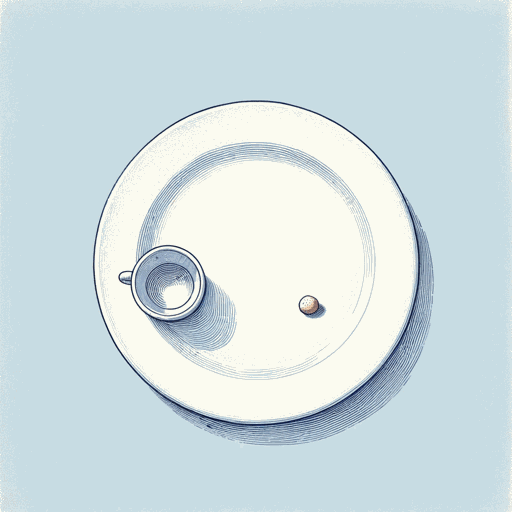19 pages • 38 minutes read
Elizabeth BishopA Miracle for Breakfast
Fiction | Poem | Adult | Published in 1972A modern alternative to SparkNotes and CliffsNotes, SuperSummary offers high-quality Study Guides with detailed chapter summaries and analysis of major themes, characters, and more.
Summary and Study Guide
Overview
“A Miracle for Breakfast” is a sestina by the Pulitzer Prize-winning American poet Elizabeth Bishop. First published in Poetry magazine in 1937 and then in Bishop’s first book of poetry, North & South (1946), the poem reflects Bishop’s keen eye as she provides a nuanced record of a puzzling breakfast. The poem also showcases Bishop’s engagement with complex poetic forms. She uses a sestina to communicate the peculiar breakfast, so the end words in Stanza 1 become the end words—albeit in a different order—in the following stanzas. Although Bishop only published around 100 poems while she was alive, her canon is dynamic. Some of her well-known poems, like the villanelle “One Art” (1976), use traditional poetic forms. Other poems, like “The Fish” (1946), embrace free verse and don’t follow any predetermined patterns or rules. Like most of her poems, “A Miracle for Breakfast” conveys the message that everyday life contains moments of singular wonder. The poem represents her sharp observations and elusive speakers. As the distinguished Irish writer Colm Tóibín says in his book-length study on Bishop, On Elizabeth Bishop (Princeton University Press, 2015), “It was essential for Elizabeth Bishop that words in a statement be precise and exact.” Famous for her acute poetry, Bishop also published essays, stories, translations, and a travel book about Brazil, where she lived for many years.
Poet Biography
Elizabeth Bishop was born February 8, 1911, in Worcester, Massachusetts. Her dad, William, came from a prominent family; his dad was a wealthy contractor and supervised the construction of notable buildings like the Boston Museum of Fine Arts. Unfortunately, William, who suffered from Bright’s disease, died when Elizabeth was eight months old. Her mom, Gertrude, was an ice skater and trained to be a nurse. She suffered from mental health issues and was committed to Boston’s Deaconess Hospital for treatment, where she jumped out a second-story window. It then fell on family members to raise Bishop, who did not have a pleasant childhood. She dealt with asthma and other ailments, but she enjoyed reading and school.
In 1930, Bishop enrolled in the prestigious women’s college Vassar where she, along with other students—including the famous novelist Mary McCarthy—started a literary journal, Con Spirito. While at Vassar, Bishop’s mom died, and she met the established American Modernist poet Marianne Moore. A critical influence on Bishop, Moore helped Bishop publish and gain crucial recognition. After graduating from Vassar, Bishop moved to Greenwich Village and New York City. During this time, Bishop traveled with her friend and romantic partner Louise Crane. In 1937, Bishop made her debut in the influential Poetry magazine with “A Miracle for Breakfast.”
Later, Bishop became close friends with the confessional poet Robert Lowell. Although Bishop had some income due to her wealthy family, Lowell helped Bishop supplement her income by getting her grants and teaching appointments. Bishop and Lowell had much in common. They struggled with alcoholism, mental illness, and stormy love lives. In her biography of Bishop, named after the poem, A Miracle for Breakfast (Houghton Mifflin Harcourt, 2017), Megan Marshall writes, “Elizabeth was never one to join the cause of sexual liberation or to identify herself publicly as a lesbian.” Yet Elizabeth was attracted to women and maintained loving, romantic relationships with women throughout her life.
In 1946, Bishop published her first book North & South. From 1949 to 1950, Bishop was the Consultant in Poetry to the Library of Congress—an august position now known as Poet Laureate. The post required Bishop to live in Washington, DC, which she didn’t enjoy; Bishop preferred travelling. She visited Mexico, Africa, and Europe. In 1951, she traveled to Brazil. After a debilitating allergic reaction to cashew, Maria Carlota Costellat de Macedo Soares (Lota), a member of an influential Brazilian family, helped Bishop recover. The two women fell in love, and they lived together in Brazil for almost 15 years.
In 1955, Bishop published Poems. The book combined her first book, North & South, which was out of print at the time, and her new poems, collected as A Cold Spring. The book won the Pulitzer Prize in 1956. In 1961, Lota started to oversee the construction of a large public park and entertainment project in Rio. Lota’s new job and the political turmoil in Brazil strained their relationship.
In 1965, Bishop published her third collection of poetry, Questions of Travel. A year later, Bishop took a teaching position at the University of Washington and began a romantic relationship with a 23-year-old pregnant, married woman, Roxanne Cumming. Meanwhile, the demands of the public project put Lota’s physical and mental health in jeopardy. In 1967, Lota visited Bishop in New York, where she died after overdosing on Valium.
Bishop and Cumming continued their relationship, living in San Francisco and Brazil. In 1969, Bishop published The Complete Poems, which won the National Book Award in 1970. Reviewing The Complete Poems for The New York Times Book Review in June 1969, the distinguished American poet John Ashbery called Bishop “a poet of strange, even mysterious, but undeniable and great gifts."
In 1970, The New Yorker hired Bishop to review poetry, but Bishop never published a review. With help from Lowell, Bishop earned a teaching position at Harvard, becoming the first woman to teach creative writing at the eminent university. At Harvard, Bishop met Alice Methfessel, a woman in her late twenties. The two women fell in love, and, in A Miracle for Breakfast, Megan Marshall says Bishop “slept with Alice’s letters” and “carried her photo buttoned into her shirt pocket” when they were apart.
Bishop continued to battle mental health issues, physical ailments, and alcoholism. After three years of not publishing a new poem, The New Yorker published “In the Waiting Room” (1971). She then published a collection of prose and poetry, Geography III (1976), which she dedicated to Alice and which won the National Book Critics Circle Award. One year later, Bishop revised her will and appointed Alice as her single literary executor. On October 6, 1979, while getting ready to go out for dinner, Bishop experienced a cerebral aneurysm and died.
Poem Text
Bishop, Elizabeth. “A Miracle for Breakfast.” 1937. Poem Hunter.
Summary
The poem starts at six in the morning. The speaker and a group of people wait “for coffee and the charitable crumb” (Line 2) or, in a word: Breakfast. As the breakfast “was going to be served from a certain balcony” (Line 3), the speaker compares it to “kings of old” and a “miracle” (Line 4). It's not a common breakfast, and it’s “still dark” (Line 5), although some parts of the sun appear “on a long ripple in the river” (Line 6).
There’s a ferry crossing the river, and it’s cold out, so the speaker and the people hope the coffee is “very hot” (Line 9) since it doesn’t look like the sun will “warm” (Line 10) them this morning. The speaker and others also wish that the crumb will be more than a crumb and turn into “a loaf each, buttered by miracle” (Line 11).
At seven, a man arrives on the balcony; he doesn’t look at the people but the river. Then a servant gives the man “one lone cup of coffee / and one roll, which he proceeded to crumb” (Lines 16-17). The speaker doesn’t understand what the man is up to, so they wonder, “Was the man crazy?” (Line 19). The people aren’t amused by the man either, as they only receive “one rather hard crumb” (Line 21) and “one drop of coffee” (Line 23) for breakfast. Upset, some of the people toss the crumb into the river. Others, like the speaker, continue “waiting for the miracle” (Line 24).
What the speaker sees is “not a miracle” (Line 25) but a “beautiful villa” (Line 26) in the sun, featuring a “white plaster balcony” (Line 28). The speaker smells hot coffee and notices birds nesting nearing the river. The vision occurred “with one eye close to the crumb” (Line 30) and includes “galleries and marble chambers” (Line 31). Countering their earlier claim, the speaker says the villa or mansion was
made for me by a miracle,
through ages, by insects, birds, and the river
working the stone (Lines 32-34).
The speaker sees themselves sitting on the luxurious balcony of this villa with their “feet up” as they “drink gallons of coffee” (Line 36). The speaker then returns to reality (or what passes for reality in the poem) as the vision vanishes, and the speaker and the others “licked up the crumb and swallowed the coffee” (Line 37). There is a miracle, but it’s across the river “on the wrong balcony” (Line 39) and not helping the speaker and others get a bigger breakfast.
Related Titles
By Elizabeth Bishop

Arrival at Santos
Elizabeth Bishop

Crusoe in England
Elizabeth Bishop

Exchanging Hats
Elizabeth Bishop

Five Flights Up
Elizabeth Bishop
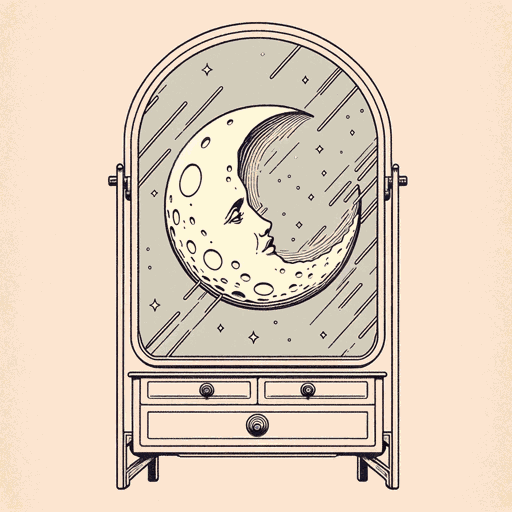
Insomnia
Elizabeth Bishop

One Art
Elizabeth Bishop
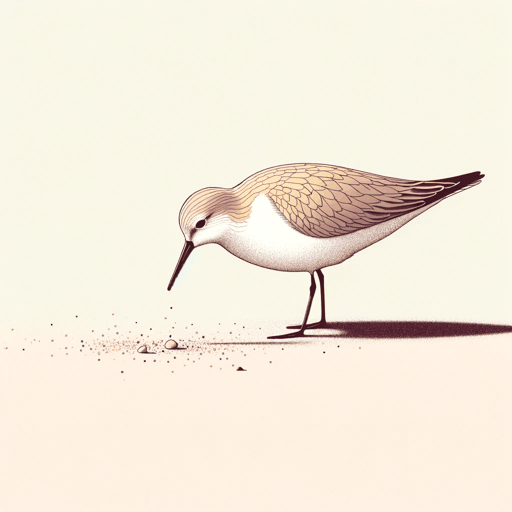
Sandpiper
Elizabeth Bishop
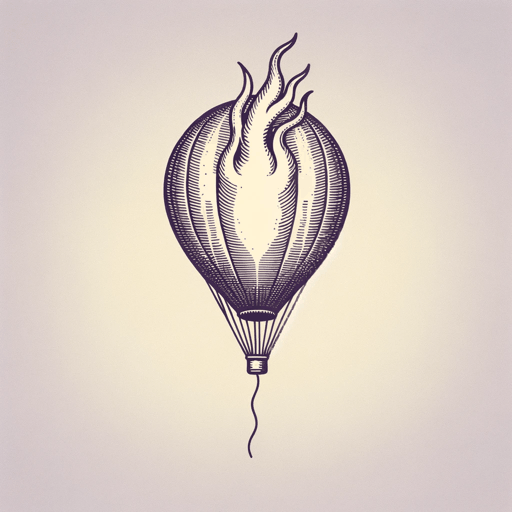
The Armadillo
Elizabeth Bishop

The Fish
Elizabeth Bishop

The Imaginary Iceberg
Elizabeth Bishop

The Moose
Elizabeth Bishop

The Mountain
Elizabeth Bishop
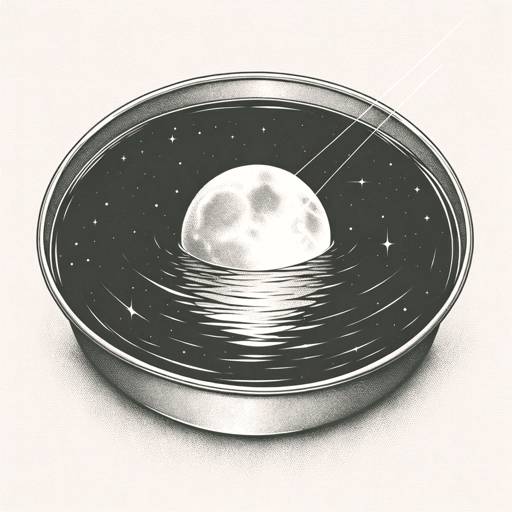
The Shampoo
Elizabeth Bishop
